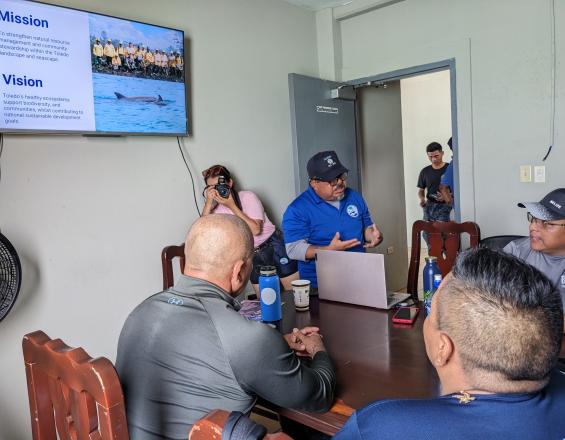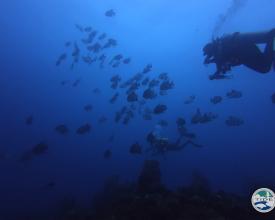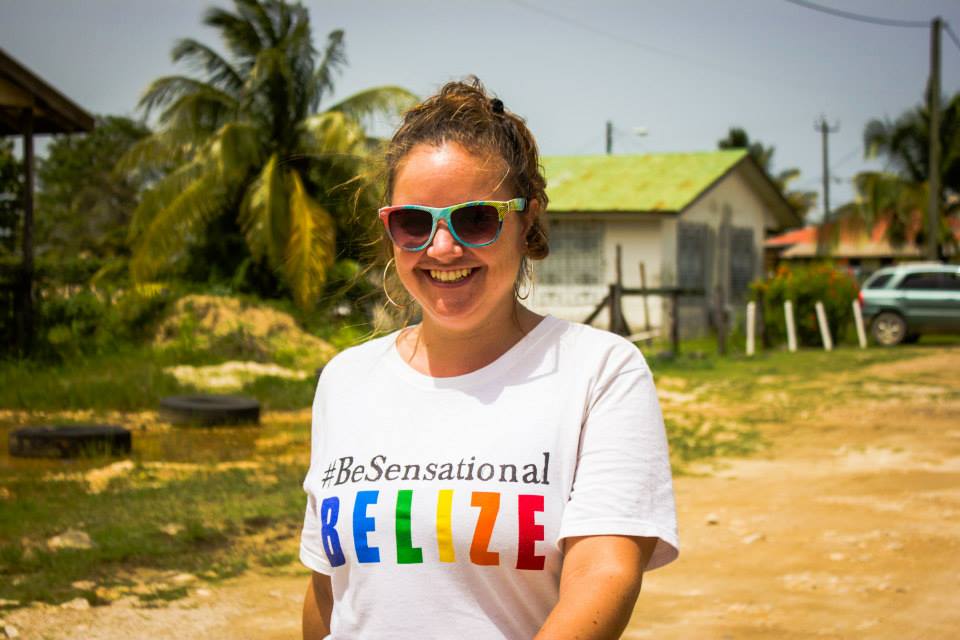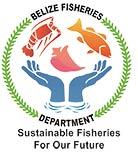
Améliorer la gestion d'une zone marine protégée grâce à des partenariats renforcés

Le récif de Cayman Crown est un site d'agrégation de poissons de plusieurs espèces qui chevauche les frontières maritimes du Guatemala et du Belize. Situé dans la réserve marine de Sapodilla Cayes (SCMR), le récif est considéré comme un point chaud de la biodiversité et a un besoin urgent d'une meilleure gestion. Le Toledo Institute for Development and Environment (TIDE) - une organisation non gouvernementale - a travaillé avec le ministère de l'économie bleue et de l'aviation civile (MBECA) et le département des pêches du Belize (BFD) pour améliorer la gestion du site en développant un cadre national de cogestion pour les zones marines protégées, rédigé par le gouvernement du Belize. Les retards dans la mise en œuvre du cadre de cogestion ont entravé la protection efficace du récif. Grâce à une relation renforcée avec le MBECA et le BFD, un protocole d'accord a été signé en octobre 2022, désignant TIDE comme cogestionnaire de Cayman Crown et de deux autres sites FSA établis au sein de la SCMR. TIDE vise à obtenir la cogestion complète de la SCMR d'ici la fin de l'année 2023.
Contexte
Défis à relever
L'amélioration de la gestion du récif de la Couronne de Cayman en désignant TIDE comme cogestionnaire du site permet de relever les défis suivants :
- Cayman Crown, Rise and Fall Bank et Nicholas Caye sont tous des sites FSA, qu'ils soient établis ou non. Ces sites servent de zones de reconstitution des stocks de poissons, sauvegardant la capacité de reproduction des espèces de poissons dans la région grâce à la protection d'espèces de poissons importantes et de leurs habitats.
- La nature transfrontalière du site facilite malheureusement les activités illégales dans la zone - en termes d'entrée illégale, d'extraction des ressources et d'utilisation d'engins de pêche interdits. En augmentant la présence des agents chargés de faire respecter la loi, on s'attend à ce que les contrevenants soient moins enclins à continuer à utiliser la zone, ce qui réduira la pression de la pêche.
Emplacement
Traiter
Résumé du processus
Des partenariats renforcés, ainsi que l'expérience institutionnelle et la capacité financière permettent une gestion efficace des AMP.
Blocs de construction
Renforcer les partenariats pour améliorer la gestion
Un changement dans l'administration gouvernementale en novembre 2020, a entraîné la création du ministère de l'économie bleue et de l'aviation civile et un changement dans le cadre national de cogestion des aires marines protégées. La création du cadre est en cours depuis 2020 et a retardé la candidature de TIDE en tant que cogestionnaire de la réserve marine de Sapodilla Cayes. Avec des engagements de financement pour mener à bien l'application de la loi dans la réserve, la désignation tardive de TIDE en tant que cogestionnaire de l'AMP a entraîné un retard dans la gestion efficace du récif de la Couronne des Caïmans.
Avec un délai de mise en œuvre limité, TIDE, MBECA et BFD ont signé un protocole d'accord pour que TIDE cogère Cayman Crown et deux sites FSA établis au sein de la SCMR. Cela a nécessité une communication continue entre les entités qui a abouti à un accord mutuel valable pour un an. La mise en œuvre du cadre national de cogestion est prévue pour 2023. Dans l'intervalle, la Couronne de Cayman, un récif d'une grande biodiversité situé entre les frontières maritimes du Belize et du Guatemala, est gérée efficacement grâce au renforcement des partenariats.
Facteurs favorables
- Volonté du ministère de l'économie bleue et de l'aviation civile, du département de la pêche du Belize et de la TIDE de parvenir à un accord de cogestion de la Couronne de Caïman.
- Une communication continue entre toutes les entités impliquées au cours du processus, en particulier lors de l'élaboration du protocole d'accord.
Leçon apprise
Une communication continue et ouverte avec les autorités gouvernementales est nécessaire pour améliorer la collaboration et la réalisation d'objectifs communs, en particulier pour la conservation des ressources naturelles.
Capacité institutionnelle (et financière) pour la cogestion d'une AMP
Le Toledo Institute for Development and Environment a été créé en 1997 par des communautés locales du sud du Belize afin de lutter contre la pêche et l'exploitation illégales du lamantin des Indes occidentales. L'organisation vise à renforcer la gestion des ressources naturelles et l'intendance communautaire dans le paysage terrestre et marin de Toledo en soutenant la biodiversité et les communautés, tout en contribuant aux objectifs nationaux de développement durable.
Au fil des ans, TIDE a géré avec succès trois zones protégées, dont la réserve marine de Port Honduras. TIDE a continuellement démontré sa capacité à gérer efficacement les zones protégées et, en octobre 2022, ses connaissances institutionnelles ont permis à l'ONG d'ajouter Cayman Crown à son portefeuille en tant que quatrième zone cogérée dans le sud du Belize.
Facteurs favorables
- TIDE a plus de 20 ans d'expérience dans la cogestion de zones protégées, y compris la réserve marine de Port Honduras.
- L'ONG a fait ses preuves en matière de collecte de fonds pour la gestion des zones protégées. Par exemple, TIDE avait obtenu le financement d'une équipe chargée de l'application de la loi pour superviser la gestion de Cayman Crown avant d'obtenir la cogestion.
- Une infrastructure adéquate à la station de terrain pour héberger l'équipe chargée de l'application de la loi et répondre aux besoins de subsistance. Cela montre également l'engagement de TIDE envers MBECA pour la gestion à long terme du site.
Leçon apprise
Le fait de disposer d'une expérience éprouvée et de connaissances institutionnelles dans ce domaine a permis à TIDE de conclure un accord avec les agences gouvernementales compétentes pour la cogestion de la Couronne des îles Caïmans. De même, le fait de disposer d'un financement pour mettre en œuvre les activités.
Impacts
Des études récentes menées sur le récif de la Couronne de Cayman ont démontré la résistance de ce récif aux pressions environnementales, ainsi que son importance pour le système de récifs méso-américain en tant que point chaud de la biodiversité. L'intensification des efforts de gestion sur le site du récif réduira la pression de la pêche, ce qui se traduira par des populations de poissons et des écosystèmes coralliens en bonne santé, ainsi que par une amélioration de la sécurité alimentaire dans la région.
Considéré comme un site transfrontalier, le récif de la Couronne des Caïmans est fortement touché par la pêche illégale et l'utilisation d'engins de pêche non durables ou illégaux, principalement par les pêcheurs des pays voisins. Le protocole d'accord accordant à TIDE la cogestion du site permet une plus grande présence des rangers pour assurer la surveillance et la protection du récif. Dans les mois à venir, TIDE prévoit une diminution du nombre de pêcheurs qui extraient illégalement des ressources du récif, ainsi qu'une diminution de l'utilisation d'engins de pêche non durables ou illégaux. Cet objectif sera atteint en renforçant les connaissances des utilisateurs locaux sur l'importance du site et la nécessité de le protéger, pendant que les gardes forestiers patrouillent.
Bénéficiaires
Les communautés côtières du Belize dépendent fortement de la pêche comme source de revenus et de sécurité alimentaire. L'amélioration de la gestion du site garantit à la population locale des ressources halieutiques saines pour les années à venir.



